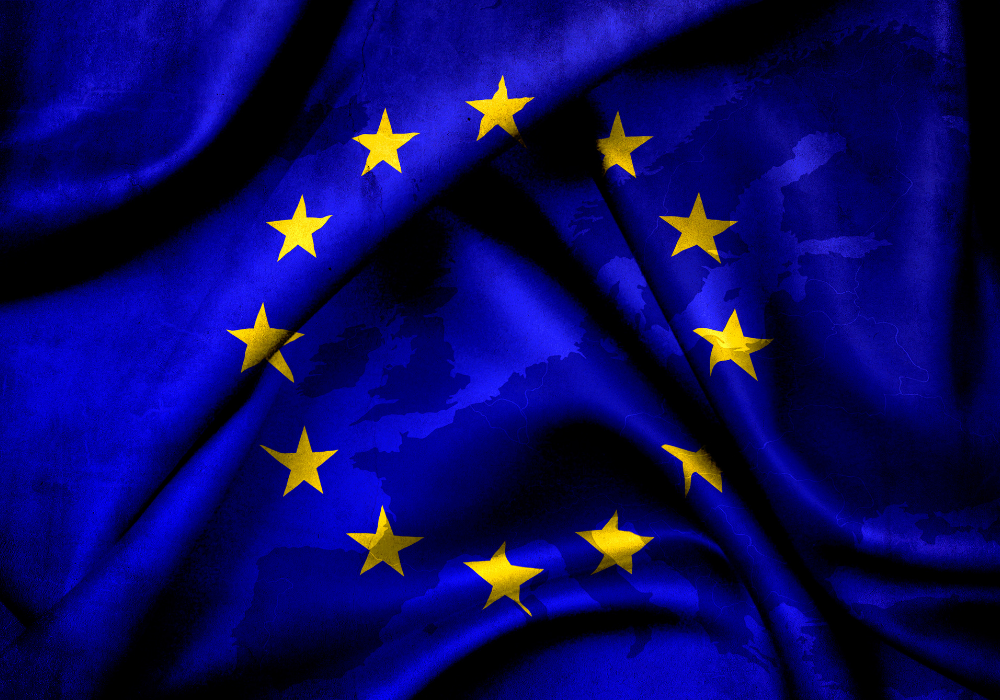
With Brexit now ‘done’, the EU is taking stock of its regulatory environment as it settles down to life without the UK and its all-important financial capital London. The EU will spend 2022 setting out its regulatory stall as the UK seeks to differentiate itself from its former stablemates. What’s emerging is a multi-pronged regulatory approach that combines the promotion of the EU’s ‘strategic autonomy’ with fine-tuning of existing measures and the development of new policies to support the new worldview.
It does this against the backdrop of significant geopolitical and economic distractions. According to Dr. David Doyle, an expert on EU financial services regulation and a regular speaker and panellist at A-Team Group conferences and webinars, “Despite the re-emergence of a Covid variant, a tepid revival of sustainable economic growth and the departure of the UK from the EU as the host of Europe’s leading financial centre, the EU is forging ahead with some game-changing and innovative regulatory initiatives.”
Key drivers here include the EU’s ambition to reach net-zero emissions by 2050. This will require it to double sustainable investments to $5 trillion a year, with the expectation that financial services will play a central role. A new EU-devised taxonomy will segment the economy into activities qualified as being environmentally sustainable, with huge implications for all actors – banks, pension funds, asset managers, insurers, institutional investors – and potentially unleashing a flood of capital from markets into new processes and industry sectors.
This focus on sustainability will be accompanied by the launch of the EU Next Generation economic recovery package, aimed at supporting Member States adversely affected by the COVID-19 pandemic. Agreed in July 2020 by the European Council, the fund is worth €750 billion, and is underpinned by two catalytic factors: Member States must allocate a minimum of 37% of allocations to climate investments and reforms, (renewables, hydrogen energy, biodiversity), and a minimum of 20% to digital transformation (e.g., the adoption of AI, EU data cloud and cybersecurity).
With the mechanics of these initiatives providing context, Doyle identifies several key EU regulatory initiatives to watch in 2022 and beyond:
Revisions to MiFID, UCITS, AIFMD
- Common rules on AIFM and UCITS liquidity management tools
- Clarifying delegation rules for AIFMs and UCITS with respect to third countries
- Common rules for AIFMs managing loan-originating,
- Creation of a Consolidated Tape as a centralised database of market date on price and volume of securities traded across EU trading platforms
- Replacement of the Double Volume ‘dark pools’ cap of 4% on individual trading venues and 8% EU-wide thresholds with 7% threshold
- Aligning the derivatives trading and derivatives clearing obligations for smaller entities, resulting in suspension of central clearing and trade reporting, and
- abolishing ‘Open Access’ rule, allowing buyers and sellers of derivatives listed on exchanges across the EU to choose where they clear their contract.
Strengthened Anti-Money Laundering (AML)
- Establishment of new EU anti-money laundering authority with oversight powers over all financial entities and transposing AML strategy to the private sector, to embrace crypto-asset service providers and crowd-funding platforms
- Measures for third countries whose AML/CFT policies pose a risk to EU financial stability
- Streamlined beneficial ownership requirements, and
- Measures to combat misuse of bearer instruments.
Integrating Sustainability in Finance
- EU Taxonomy Regulation, defining environmentally friendly economic activities, and explaining how they contribute to climate change/adaptation based on a set of KPIs
- Corporate Sustainability Reporting Directive, requiring disclosure of sustainability information across the entity’s financial value chain, which has significant implications for fund firms, banks, insurers, pension funds on managing activities outside the taxonomy and investment products falling short of the sustainable label
- EU Sustainable Finance Disclosure Regulation (SFDR), requiring all financial actors to manage the sustainability risks of their own activities and measure how they impact the environment and society (double materiality’ approach).
Innovation-led EU Digital Strategy
- EU Digital Strategy, designed to provide EU citizens with access to cross-border financial services and facilitate scaling-up of financial services organisations’ digital operations. Addresses new risks linked to digital transformation, EU-wide interoperable use of AML-mitigating digital identities, introduction of EU digital finance licensing and EU-wide passport
- Proposed new Markets in Crypto-Assets Regulation (MiCA) to regulate currently out-of-scope digital assets and their service providers in the EU, also providing a single EU-wide licensing regime by 2024. This will introduce an EU digital asset regime for providers/issuers/distributors: trading platforms, organizational requirements, safekeeping of clients’ crypto-assets and funds, conflict of interests, outsourcing, custody of digital assets, managing the lifecycle of digital assets
- EU Digital Operational Resilience Act (DORA), making third-party technology and service providers subject to resilience testing exercises, incident classification and reporting rules, with vast scope: e-money & payment providers, CCPs, trading venues, data reporting services,
Bank Prudential Regime/Basel III
Transposition of the Basel III final provisions into EU CRD6/CRR3 regime, with likely ultimate rise in capital charges of 9%:
- Permanent aggregate Output Floor applicable at consolidated level
- reduced risk weights for low-risk residential loans
- harmonised definitions for reporting on ESG risks
- no new NCA powers to restrict dividends and share-buybacks
- strengthened and harmonised ‘fit and proper’ rules on key function-holders duties/roles
- Member States hold discretion in imposing systemic risk buffer
- Increased risk weights for equity exposures, and
- Third-country bank branches subject to (re)authorisation and possible requirement to subsidiarise.
Completing the Capital Markets Union
Re-calibrated CMU effort focused on promoting non-bank financing solutions:
- Cultivating EU institutional investors’ and pension funds’ appetite for domestic equity products
- Harmonising EU insolvency rules and
- Shift to financing of high-growth sectors via equity rather than debt.
Promoting EU ‘Strategic Autonomy’
Reducing ‘excessive reliance’ on non-EU financial services’ firms and banks in the EU:
- Euro-denominated contracts cleared and settled by third-country CCPs, funding in foreign currencies
- European Central Bank finalising detailed review of how non-EU banks manage clients and assets based in the EU, where staff and capital are located, aimed at avoidance of ‘empty shell entities’.
Subscribe to our newsletter





